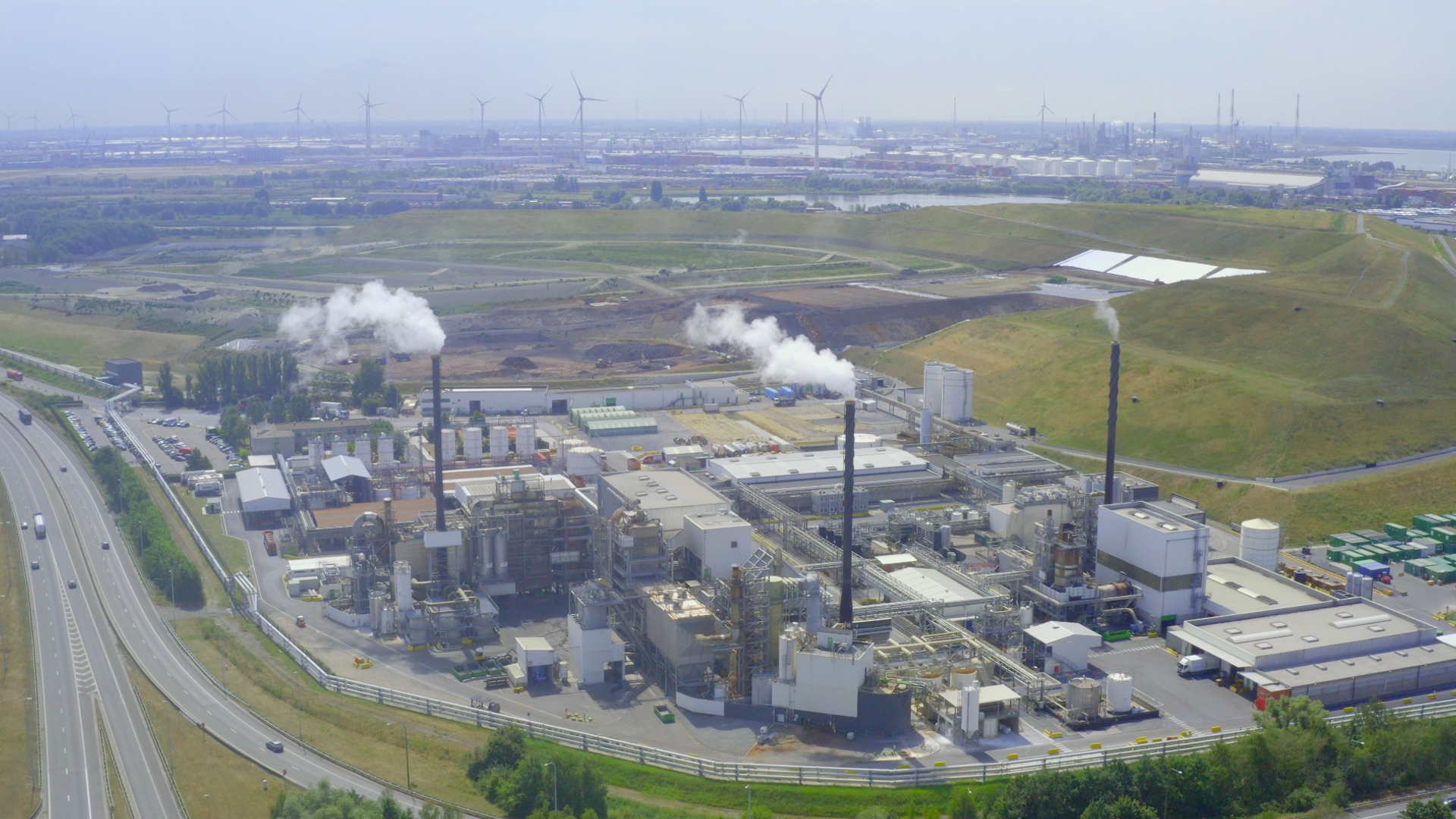Today
•
Reading time is 2 minutes

The Chemours plant in Dordrecht will store wastewater containing PFAS on its own premises until it can be transported to the United States. Once maximum storage capacity is reached in Dordrecht, PFAS waste will be sent to the Indaver processing plant in Belgium for incineration.
“Unfortunately, if we no longer have storage capacity, the alternative to recycling the additive for reuse is to destroy the wastewater by incineration,” said a Chemours spokesperson. “We believe processing at our sister facility in the U.S. is a better environmental decision because it allows the additive to be reused multiple times.”
Indigenous resistance in the United States
Effluent is sent in 1000 liter drums. After protests by local residents in Fayetteville, an area heavily contaminated with PFAS, transport to the US was halted. In the Netherlands, Chemours can emit a maximum of 5 kg per year, and according to experts, there is no facility in the Netherlands that can properly process it.
Currently, Chemours stores wastewater with a high concentration of the PFAS variant GenX, which is classified among PFAS substances of very high concern by the RIVM in Dordrecht. “We will hold this until it can be shipped back to the US for transportation and recycling.” According to Chemours, storage “takes place in accordance with applicable laws and regulations, which also apply to the usual storage of the excipient”.
Indian
However, if this situation continues for a long time, Chemours will send the barrels to Indaver, a waste processor in Belgium. In the broadcast ‘The PFAS Scandal’, Zempla discovered that Indavar had been discharging PFAS for years into the waters flowing in the Western Scheldt in the Netherlands. Various PFAS substances were discharged without permits. Then traffics were temporarily stopped by ILT (Human Environment and Transport Inspector). After the traffic ban, according to ILT, waste processing has improved significantly.
Source: ANP/Chemours/Zembla




